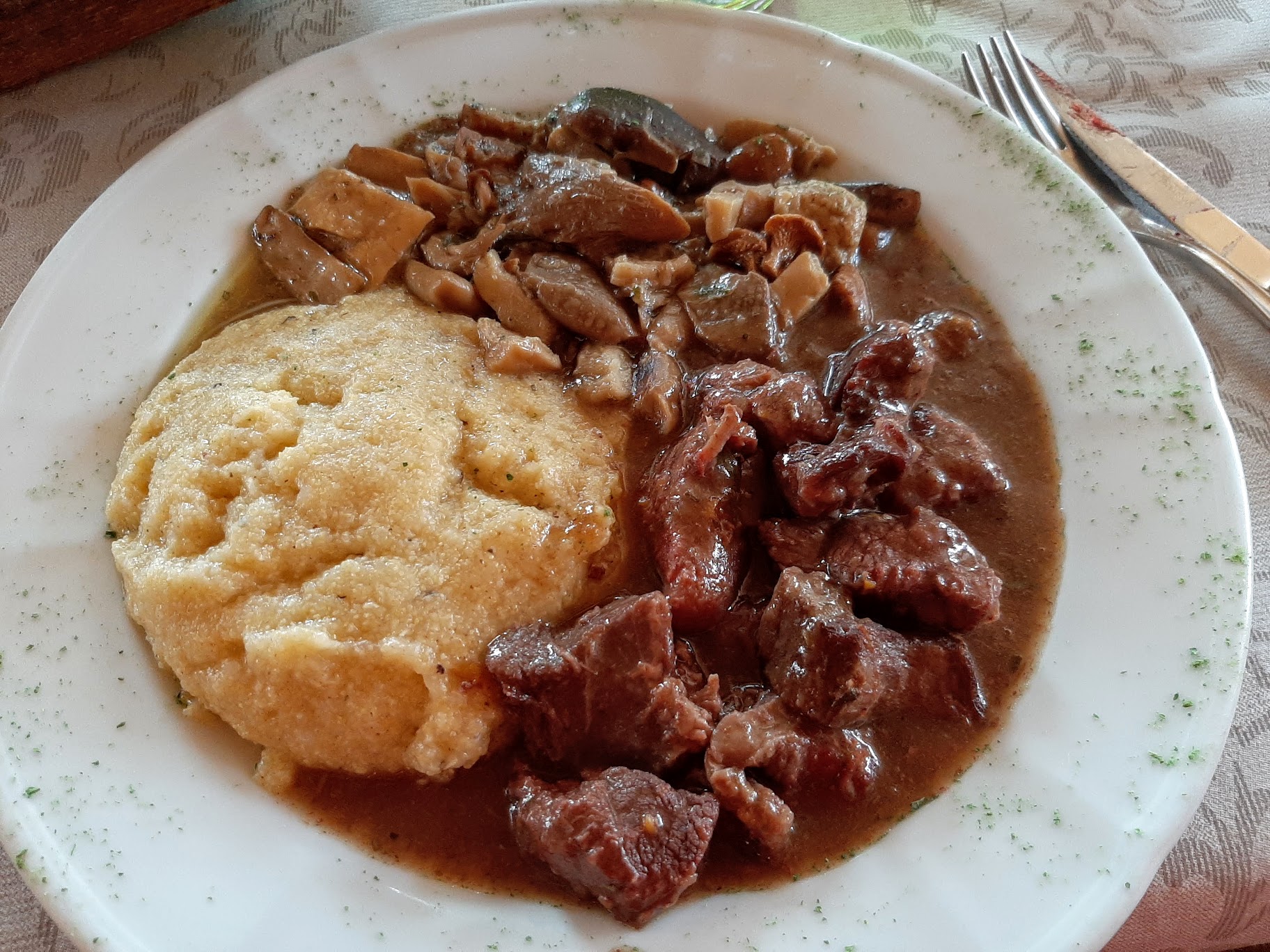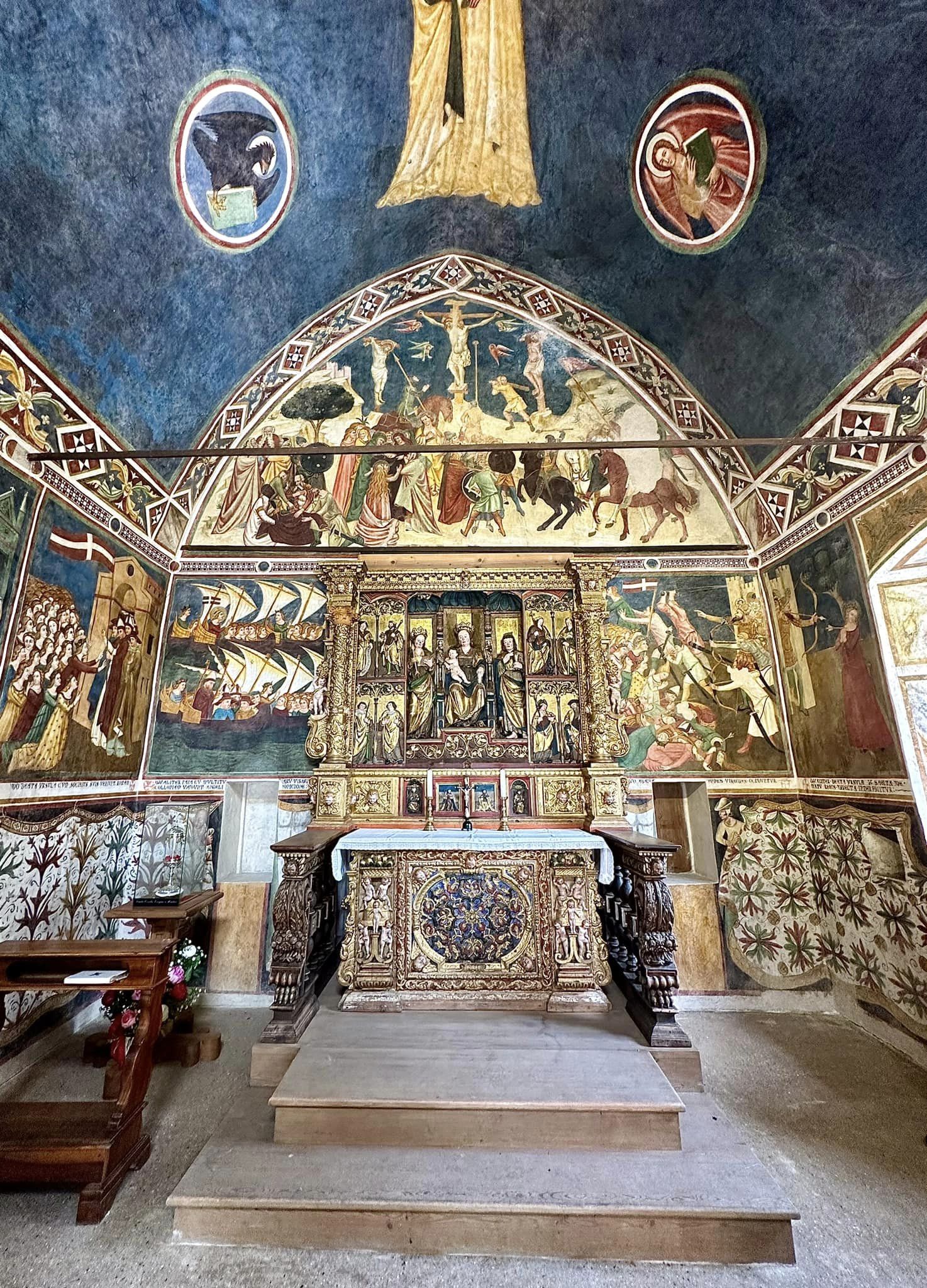A snowshoe hike through snow-covered forests and views of the Belluno Dolomites between Auronzo and Misurina, and a visit to Vigo and Lozzo di Cadore, smaller towns but full of interesting and original activities. Here are some ideas for enjoying the territory of the Tre Cime Dolomiti Tourist Consortium in Veneto to the fullest. This isn’t where you will find big hotel chains, crowded slopes, and big numbers of tourists, but it is the land of the Three Peaks of Lavaredo, Auronzo and Misurina, a natural paradise where you can find your own dimension and the right rhythm, and discover hidden gems of art, without hurry, to enjoy your vacation even with your family and children.
Snowshoe hike and snack
Walking in nature is the first secret to discovering the most hidden and unexpected places of an area. If the snow is fresh, either with snowshoes or simply with boots on your feet, you can walk the many trails that cross the area of the Tre Cime Dolomiti Tourist Consortium. Among the routes, the one to the Rifugio Città di Carpi, at 2,110 meters above sea level, is very nice. Starting point: the Col de Varda chairlift, which takes about ten minutes to reach the Col de Varda Refuge of the same name. Those with more experience can hike the trail, which is maintained even in winter. From here you join the Cai 120 trail. It is about a 2-hour walk and it is not hard, but for the 750-meter elevation gain it is good to have a minimum of training. The arrival is rewarded with a good lunch with genuine local products.

Vigo and the historic little churches
Little Vigo di Cadore holds artistic treasures, such as some historic little churches. Among them, the Pievanale Church of San Martino from 1208, rebuilt in 1559, preserves a true heritage of works of art from different historical periods: the triptych attributed to Antonio Rosso (1492), the wooden altarpiece by Valentino P. Besarel (1866), numerous works by the local artist Tommaso Da Rin.
The Chapel of St. Ursula preserves the most beautiful painting cycle in the Dolomite context. The frescoes make it a “little chapel of the Scrovegni” and show how Giotto’s revolution came even among the Dolomites.
The oldest church in the valley is Santa Margherita in Salagona: it dates from the 13th century and traces the layout of the early churches in the area. The pictorial cycle inside is a rare example, in the context of Belluno, of the transition from Byzantine to Gothic art.
And then there is the Cadore Historical Library, founded in 1892 by Prof. Antonio Ronzon, to whom it is dedicated. It constitutes the most important center of collection of evidence relating directly or indirectly to Cadore with over 8,000 volumes, 550 parchments, collections of 120 journals, manuscripts and continuous donations that make it a true specialized institution.
Milk and cheese
Cooking is one of the most fun ways to learn about the identity of an area. Of all the typical products, the starring role belongs to cheeses, which are present in a rich variety. Tradition that comes from the past, when almost every family owned one or more cows to obtain milk and cheese for their own consumption. Today there are small dairies, mountain pastures (known as malghe) and more structured farms, but the products retain the same artisanal quality as in the past, thanks to the cows’ diet of hay and grasses from pristine pastures on the mountain.

Lozzo di Cadore is home to the interesting Dairy Museum. Founded in 1884, the Social Dairy of Lozzo (a co-op) was for years home to the processing of milk produced by farm animals, mainly cows, but also goats and sheep. It ceased operations a century later, in 1984, but for years it was a source of survival for the community. The women were entrusted with milking, except during the summer period when, from mid-June to mid-September, the animals were taken to the Pian de Buoi area.
How to get there
Auronzo di Cadore can be reached from the south by taking the route from Venice – Belluno (A27 Highway exit) to continue along State Road 51 bis “di Alemagna” joining then and State Road 52 “Carnica”. From the north/northwest, the municipality can be accessed through the Tre Croci Pass (from Cortina), from the Pusteria Valley going up from Carbonin and from Comelico through P.sso di S.Antonio.
By train, from Venice, Mestre and Padua Stations there are numerous direct trains or with a change at Ponte nelle Alpi – Belluno to Calalzo di Cadore Station. At Calalzo Station there are connections by bus service, for that to reach all the towns in Central Cadore.












